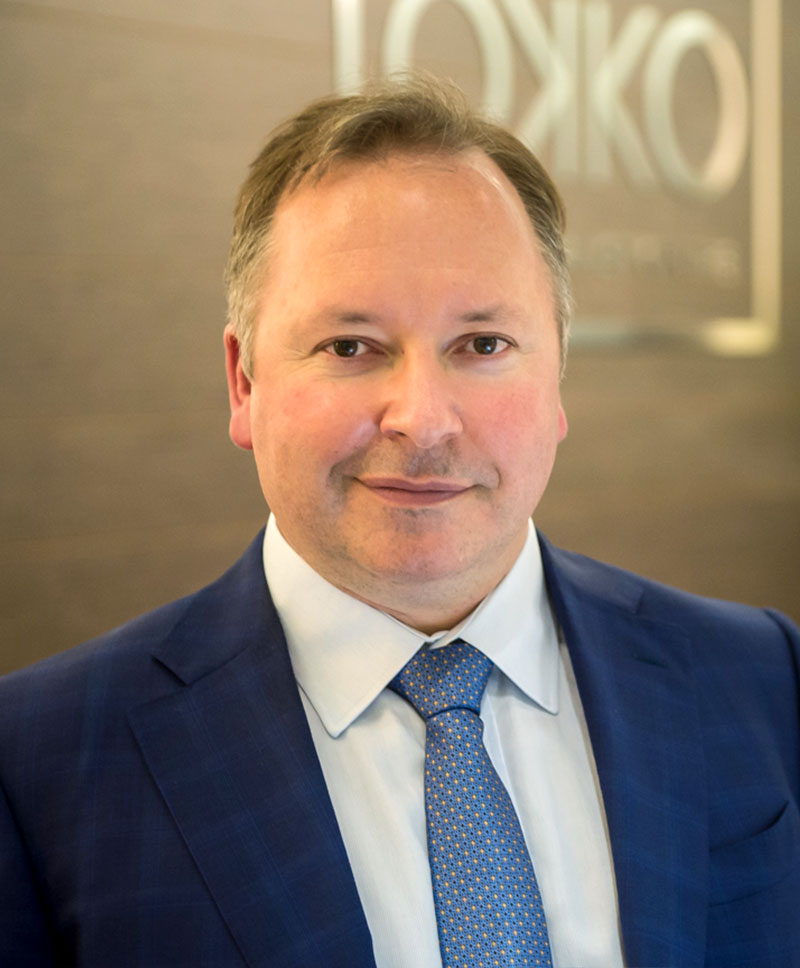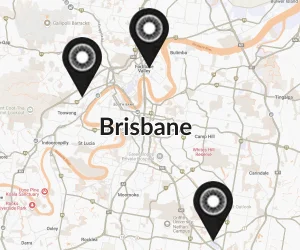
PRK surgery in the navy: A vision correction option for naval service members
For individuals considering a career in the Navy, excellent vision is a crucial requirement. Good eyesight can be the difference between success and limitation in a highly demanding environment, whether you're operating advanced equipment, navigating at sea, or training in combat situations.
Photorefractive Keratectomy (PRK)1 https://www.healthline.com/health/prk is one of the most widely approved vision correction procedures for military personnel, including those in the Navy. But what makes PRK a preferred choice over LASIK? How does the procedure work, and what should candidates know before undergoing surgery?
This blog explores PRK surgery in the Navy, its benefits, and what naval personnel need to consider before making a decision.
Is PRK surgery approved for navy personnel?
Yes, PRK is widely accepted in the Navy and other military branches2https://annapolis.tricare.mil/Health-Services/Vision/Optometry/Refractive-Surgery. Unlike LASIK, which involves creating a flap in the cornea, PRK reshapes the cornea’s surface without a flap. This makes it a preferred option for those in high-impact roles, such as Navy SEALs and aviation personnel. The Navy has strict vision standards, and PRK allows many service members to meet these requirements safely and effectively.
PRK vs. LASIK: Which is better for the Navy?
Both procedures improve vision, but the military often prefers PRK. Here’s why:
- No corneal flap: Since PRK does not involve a flap, there’s no risk of it becoming dislodged during intense physical activity.
- Long-term stability: PRK offers stable, lasting results, making it suitable for extreme environments.
- Approved by military guidelines: PRK is more commonly approved for roles such as pilots and divers, where vision stability is critical.
What are the navy’s vision requirements?
To qualify for service, recruits must meet certain uncorrected and corrected vision standards. PRK can help those who fall short of these standards but still wish to pursue a Navy career. However, there are some conditions:
- The surgery must be performed by an approved provider
- A thorough recovery period is required before official clearance
- Vision must be stable before deployment.
What to expect from PRK surgery
The PRK procedure is straightforward and usually takes about 10 minutes per eye:
- Numbing drops applied – Ensuring a painless experience.
- Corneal epithelium removed – This allows the laser to reshape the cornea.
- Laser reshaping – A precise laser corrects vision based on pre-surgery measurements.
- Healing process – A bandage contact lens is placed for comfort while the surface heals.
Recovery is longer than LASIK, typically taking a few weeks for vision to fully stabilise. However, once healed, results are comparable to LASIK.
Can you be a Navy SEAL with PRK?
Yes! PRK is often the procedure of choice for Navy SEAL candidates and other high-intensity roles. Many active-duty members have undergone PRK and continue to serve successfully.
Will the Navy cover PRK surgery?
In some cases, yes. The Navy offers PRK to qualifying service members through military medical facilities. However, recruits or those planning to join may need to undergo the procedure privately before enlistment.
Is PRK the right choice for you?
If you’re considering PRK to improve your vision for a Navy career, the first step is determining if you’re a candidate. The best way to do this is by taking a suitability self-test.
ARE YOU SUITABLE?
Check your laser eye surgery suitability online with our free LASIK self-test
OUR MOST POPULAR PROCEDURES

Hi, I’m Dr. Matthew Russell, a laser and cataract surgeon
HI I’M DR. MATTHEW RUSSELL A LASER EYE AND CATARACT SURGEON
With over 15 years of experience, I enjoy the privilege of helping patients of all ages reclaim clear vision or preserve it for as long as possible.
Vision correction and high-precision cataract surgery hinge on the expertise and skill set of the provider who also has access to the most precise tools for the job. Ophthalmic surgeons like me know how to make treatment safe, comfortable and positive for the patient. They know how to minimise the risk of complications and maximise successful outcomes.
I have a passion for helping my patients enjoy the clear, high-definition vision they need to live rich and active lives. Now, I have hand-picked a team of professionals that share my passion and commitment to exceptional care.
Dr. Matthew Russell
MBChB, FRANZCO






